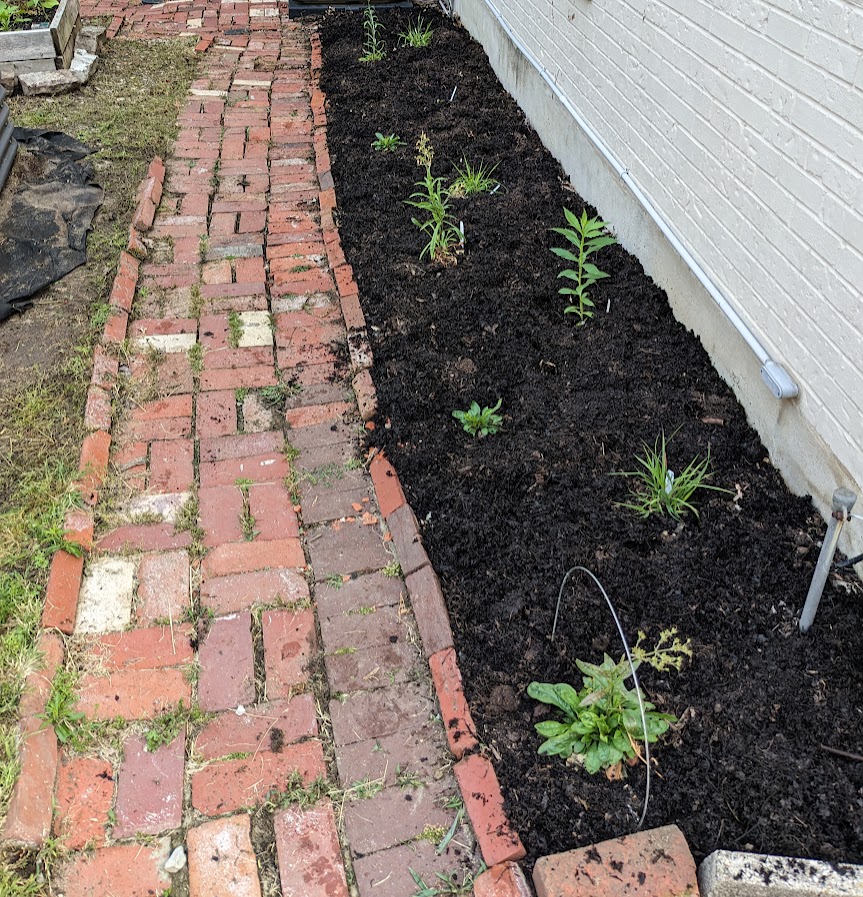
So you’ve gotten inspired by all the benefits of planting native and have decided to give it a try. My initial advice is to consider not only the showy wildflowers that we most often gravitate to, but also to consider native trees and shrubs and native grasses, both of which pack a powerful punch in terms of their ecological role.
Once you’ve sketched out a general plan for what to plan, the next question is a bit one: when?
Gardening advice can be all over the place depending on what plants are being discussed, but spring often emerges as a recommended time for planting, from bulbs to perennials to vegetables.
Native plant gardening, however, often goes counter to the normal rhythms of most traditional styles of gardening. And reflecting this idea, it’s generally the best practice to plant native plants in the fall. The rest of this article will outline the reasons why we believe this.
Advantages of Planting Natives in the Fall (And Disadvantages of Spring)
Some of the common reasons for favoring spring is that it gives them a longer growing season and helps them to avoid winter stresses until they’re more established.
But these considerations are outweighed by the fact that fall typically brings cooler temperatures which reduces stress and helps them to focus on root growth.
Plus, by the time the cold winter approaches, plants recognize the dwindling daylight hours and will start to go dormant until spring, at which point they’ll have conserved their energy and be ready to make a big jump in their above-ground growth.
There are also other factors that tip the scales in favor of fall. For one, weed competition is typically greatest in spring and summer, which requires more maintenance such as removal and ensuring your plants are getting sufficient water and nutrients.
This of course depends on your location and what weeds or invasives you typically have popping up, but fall is generally a time when you’ll encounter far less weed pressure.
Tips for Effective Fall Planting for Natives
In order to effectively plant in the fall, you will want to make sure that you allow them sufficient time to establish before winter dormancy hits.
As a general rule of thumb this often looks like roughly 4-6 weeks before the first hard frost.
Without giving the plants enough time to acclimate and work on their roots for a few weeks, they won’t be able to make it through the winter.
You also want to make sure that you are supplying your new plants with enough water while they are acclimating to your garden. It’s true that once established, native plants need very little to no supplemental watering, but you need to treat them with more care at this early stage.
Fall can often bring plenty of rainfall to do this job for you, but you want to be sure they get water at least a couple of times a week until the frost hits. Another practice that can help greatly with their moisture retention and moderation is adding a layer of mulch after planting.
If for whatever reason, you aren’t able to plant in the fall or you were planning to but miss your window and winter hits, don’t stress! You can still certainly plant in the spring and enjoy success. You may just need to be a little more vigilant about weed control and making sure the plants get adequate establishment water if the spring turns hot quickly.
So now that you’ve learned about the reasons behind planting in fall, what’s next? You may still be wondering about the exact timing of when to plant in fall, since especially these days, fall in many regions can mean 90 degree days into late September. We actually wrote How Late Can I Plant or Transplant Native Plants in the Fall?
Leave a Reply